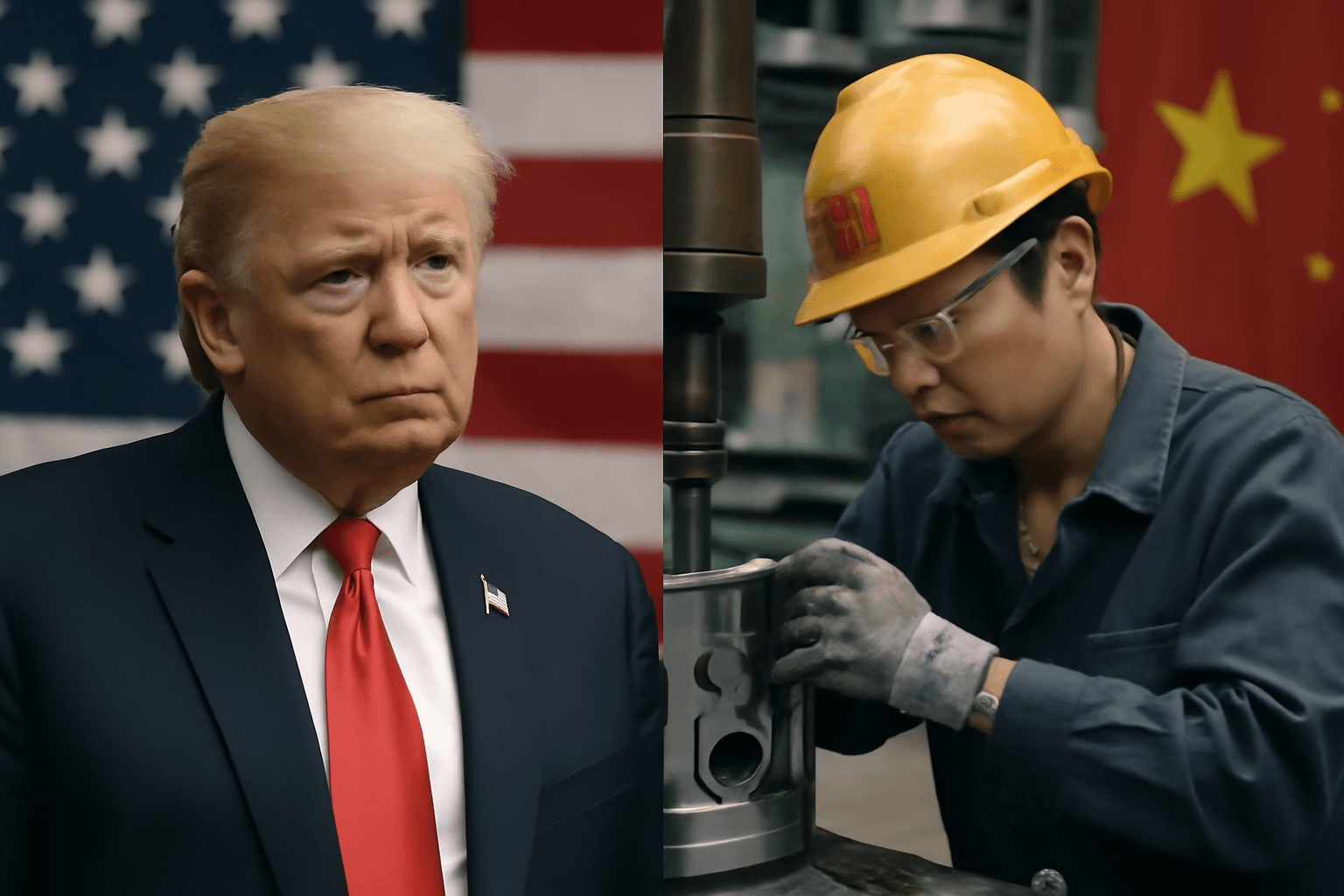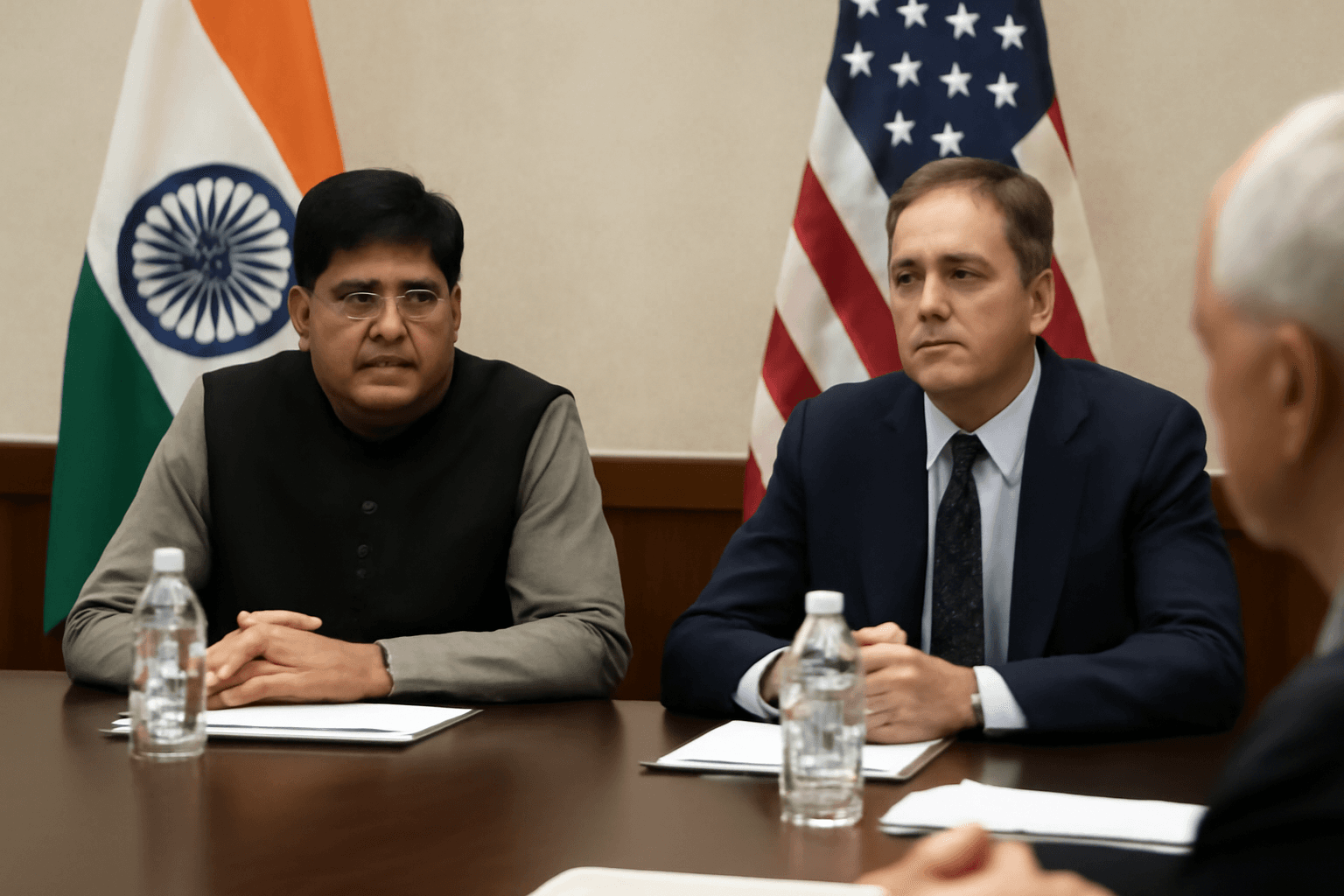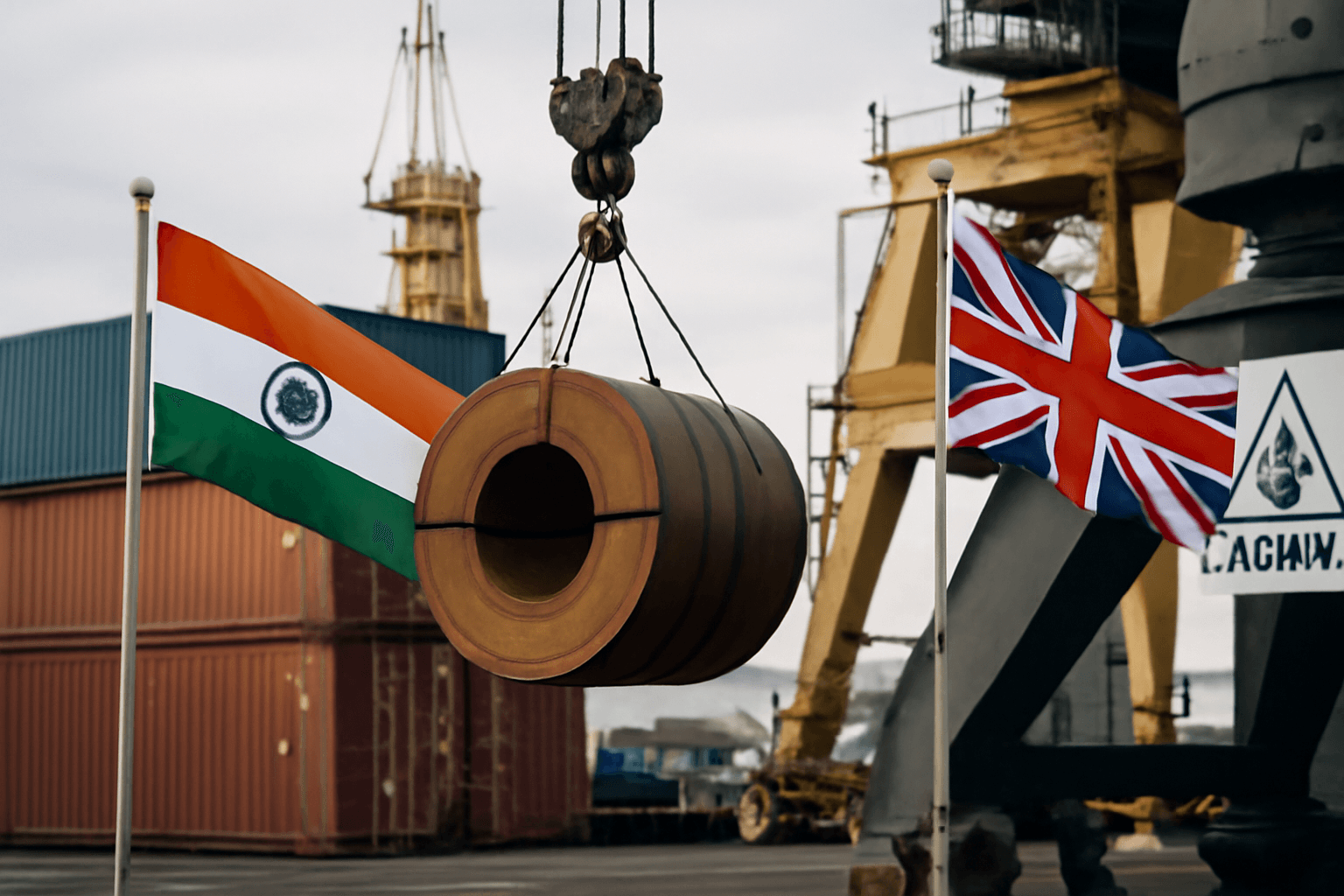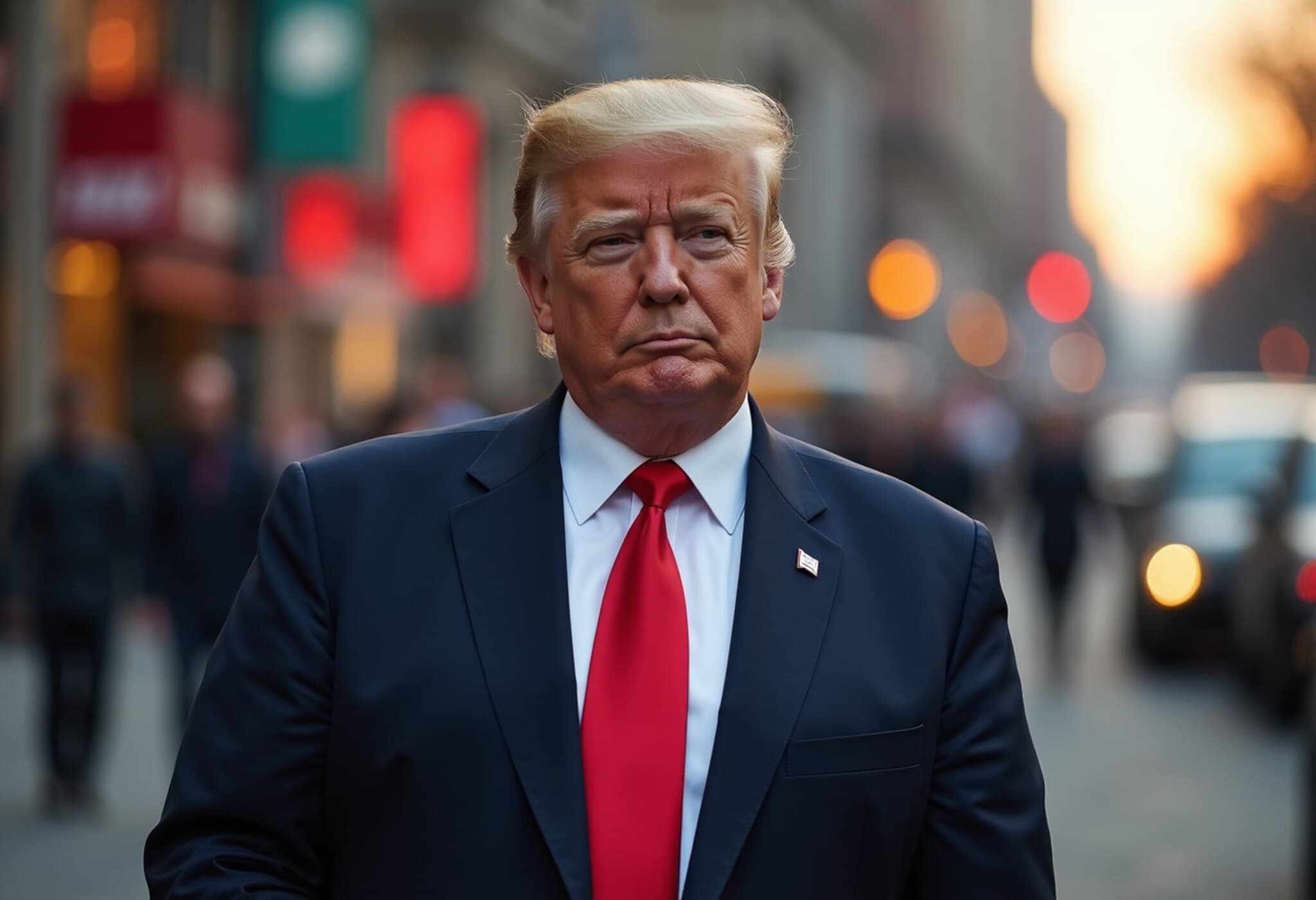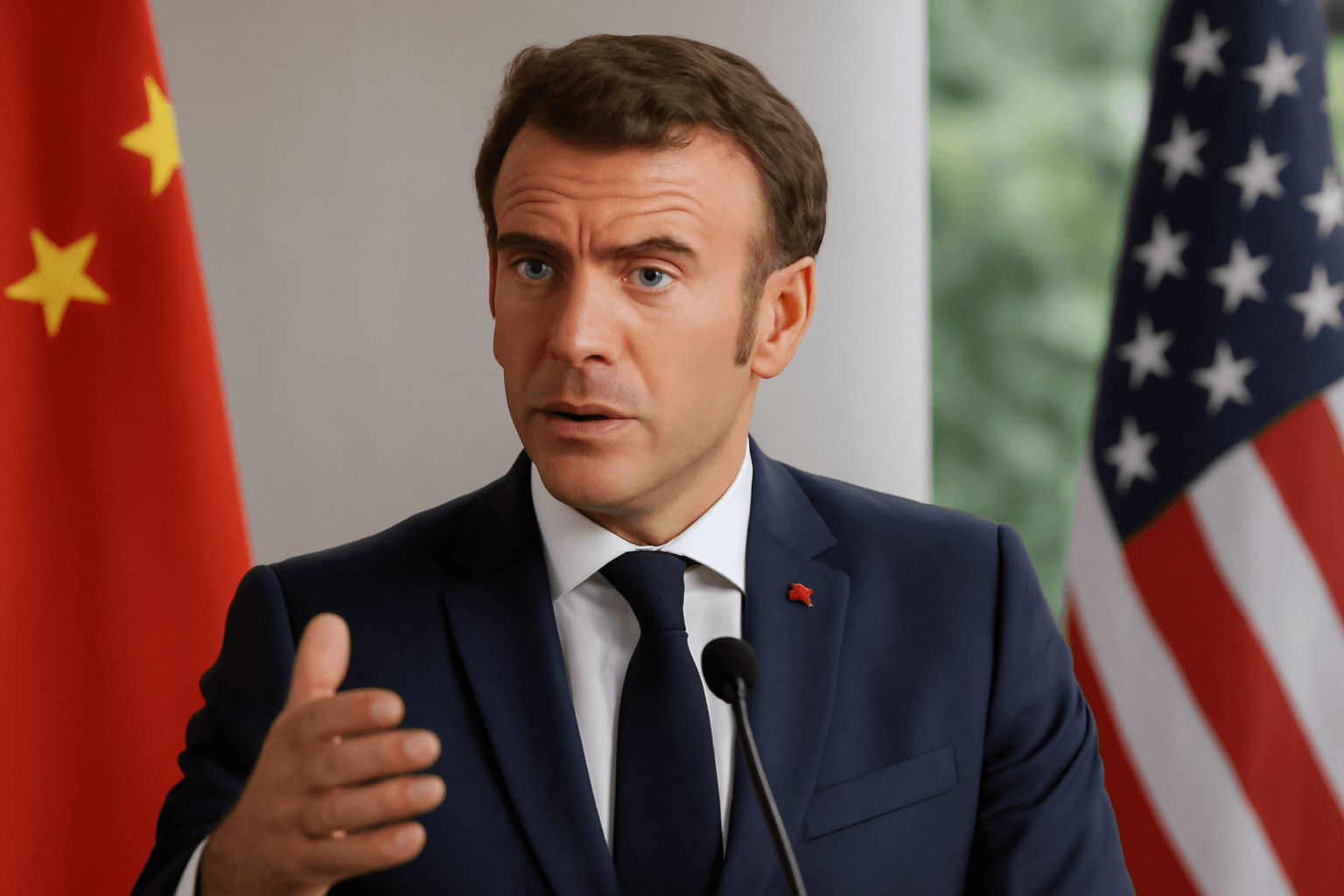Trump Declares China Trade Deal ‘Done’ Amid Lingering Concerns
President Donald Trump recently announced that a trade deal with China is "done," though details remain sparse and official confirmation from Beijing is lacking. While Commerce Secretary Howard Lutnick confirmed that tariffs on Chinese imports will hold steady at approximately 55% without further increases, industry leaders warn that the economic fallout is far from over.
Supply Chain Damage Lingers Despite Tariff Freeze
Executives from logistics and retail sectors emphasize that the existing high tariffs have already inflicted long-lasting harm. Alan Baer, CEO of logistics firm OL USA, highlights the financial strain on companies and their employees. "Most firms can't absorb these costs or simply pass them along without consequence," Baer explained. "Consumers inevitably bear the brunt." Retail leaders similarly criticize the elevated tariffs, labeling the 55% level as unsustainable and detrimental—especially for American families facing higher prices during critical shopping periods like back-to-school and the holidays.
Tariff Stacking Creates a Heavy Burden
The 55% figure stems from layers of overlapping tariffs already applied, often termed "stacking," which has resulted in minimum rates paid by U.S. importers. Bruce Kaminstein, an industry veteran, questions the logic behind maintaining such high tariffs, hinting at missed opportunities for more balanced trade policies.
The Economic Outlook: Slowing Demand and Recession Worries
Economic experts point to a softening in order volumes across sectors as the initial surge fuelled by tariff-induced front-loading fades. Jamie Dimon, CEO of the nation’s largest bank, predicted potential declines in economic performance, underscoring growing uncertainties.
Similarly, freight carriers engaged in transatlantic trade report increased cargo volumes compared to last year but remain concerned about the repercussions of ongoing tariff uncertainties and fears of a looming recession. This uncertainty is prompting businesses to adopt a cautious "wait and see" stance when it comes to ordering and logistics planning.
Peak Season Arrives, But No Repeat of Pandemic Surges
As July and August usher in the peak container season for holiday merchandise imports, experts note that freight patterns differ from previous disruptions. Early-year freight surges driven by tariff deadlines have settled, and although goods are steadily arriving, a new surge reminiscent of the pandemic era is unlikely.
Retailers are already stocking seasonal items well ahead of schedule, a sign of ongoing workflow adjustments amid the complex trade environment.
Challenges Continue for Trucking and Port Operations
The trucking industry, a critical link in the supply chain, grapples with reduced demand amid slower domestic manufacturing and unfavorable seasonal conditions. Analysts warn that the "damage is done" for the year and that recovery hinges on final trade agreements.
Port operations also face obstacles, with key hubs like Los Angeles and Long Beach dealing with congestion, equipment shortages, and an imbalance of empty containers. These issues complicate export efforts and limit the efficient return of containers needed for new shipments.
Export Markets Feel the Strain
Many U.S. export routes are stressed by reduced vessel availability and ongoing tariff-related demand shifts. Ports along the Gulf Coast, for example, face tightening container supplies as shipping companies reduce sailings, impacting exporters' ability to maintain schedules and availability.
Trade Uncertainty Drives Shifts in Global Supply Chains
Data reveals that major suppliers to the U.S. — like Italy, China, and South Korea — have seen declines in container volumes year-over-year. Meanwhile, alternate manufacturing hubs such as Vietnam and India, beneficiaries of the "China-plus-one" strategy, have experienced significant volume increases.
With tariff pause deadlines approaching in mid to late June and August, importers face narrowing windows to secure shipments from China and the EU before tariffs potentially resume or increase.
Looking Ahead: The Road to Clarity Remains Rocky
While the announcement of a trade deal offers a glimmer of hope, the absence of firm details and ongoing tariff levels keep businesses cautious. Many industry voices stress that without meaningful reductions in tariff rates and clear agreements, the U.S. economy and supply chains will continue to face headwinds well into the foreseeable future.



